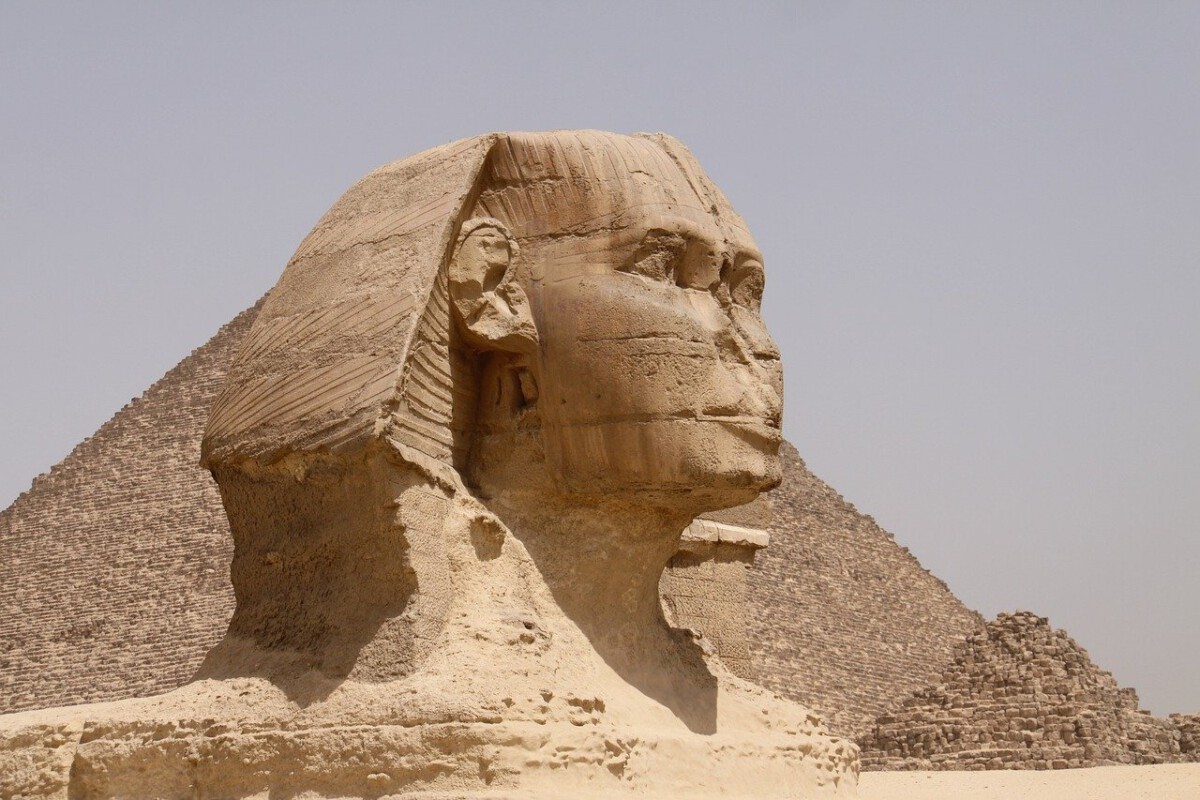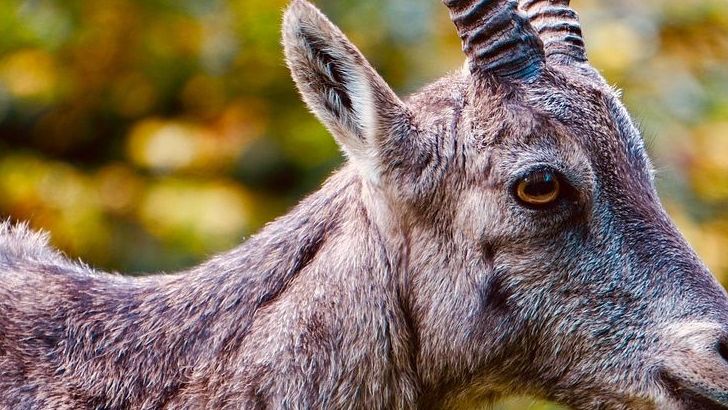Egypt: The Land of Pharaohs and Endless Stories

Egypt stands tall as one of humanity’s earliest cradles of civilization, with its roots stretching back more than 5,000 years. The country’s ancient wonders, like the Pyramids of Giza and the Sphinx, continue to amaze people from all over the globe. Life in Egypt has always revolved around the Nile River, which made agriculture possible and cities flourish even in the heart of the desert. Egyptian culture invented hieroglyphics, complex mathematics, and stunning art that still fascinates historians today. In the modern era, Egypt’s population has soared to about 104 million as of 2025, making it the third most populous country in Africa. Since the Arab Spring in 2011, Egypt has seen significant political changes and strives for stability and growth. The country remains a powerhouse in North Africa and the Middle East, deeply influencing the region’s politics and culture. Egyptian pride in their heritage is visible everywhere, from bustling Cairo markets to the quiet majesty of Luxor’s temples.
China: Ancient Empire, Modern Giant

China’s unbroken history stretches back at least 3,500 years, marked by legendary dynasties like the Shang, Zhou, and Ming that shaped the nation’s destiny. The Great Wall and the Terracotta Army remind the world of China’s past ambitions and achievements. Even today, China’s traditions—Confucianism, calligraphy, and festivals—remain woven into daily life. In 2025, China holds the title of the world’s most populous country, with over 1.4 billion people. The country’s rapid modernization and technological rise have transformed it into a global leader, while its cultural exports, from tea to cinema, continue to shape the world. China’s influence on world politics and the economy is enormous, and its cities are a blend of ancient temples and futuristic skylines. Despite facing international criticism on some fronts, the country’s confidence and sense of history are stronger than ever. The story of China is one of resilience and reinvention, never losing sight of its deep roots.
Greece: Birthplace of Democracy and Philosophy

Greece is more than just a beautiful destination—it’s the birthplace of Western civilization, democracy, and timeless art. Its history spans over 3,000 years, with city-states like Athens and Sparta setting the stage for political and military innovation. Ancient Greek philosophers such as Socrates and Plato changed the way humans think about the world and themselves. The Acropolis still rises above Athens, a reminder of the country’s lasting influence. As of 2025, Greece has a population of around 10.4 million, and its traditions—festivals, food, and music—are celebrated around the globe. In recent decades, Greece has confronted tough economic times but continues to show determination in recovery. The nation is a proud member of the European Union and actively shapes regional affairs. Greek identity is rooted in both its glorious past and its ongoing cultural vibrancy.
Iran: Persia’s Legacy in the Modern World

Iran, once known as Persia, has a storied past that goes back more than 2,500 years to the days of the Achaemenid Empire. The empire’s reach once stretched from Greece to India, leaving behind grand architecture and a rich literary tradition. Today, Iran’s population stands at about 86 million, making it one of the Middle East’s most populous countries. Despite facing international sanctions and political struggles, Iran’s culture remains deeply rooted in poetry, philosophy, and art. Cities like Isfahan and Shiraz are renowned for their beauty and historical significance. The country is also famous for its diverse landscapes, from snowy peaks to sun-baked deserts. Iran’s unique culture and fierce sense of identity have helped it weather many storms. Its position in regional geopolitics remains crucial, often making headlines in world news.
Japan: Tradition Meets Technology

Japan’s history is a tapestry woven with legends, emperors, and samurai, stretching back over 2,000 years. The nation’s earliest inhabitants arrived around 30,000 BC, but recorded Japanese history began with the Yamato dynasty. Today, Japan’s 125 million people live in a society where ancient traditions coexist with some of the world’s most advanced technology. The country is famous for its meticulous tea ceremonies, delicate cherry blossoms, and the enduring art of calligraphy. In 2025, Japan continues to lead in robotics, electronics, and environmental sustainability. The country is also known for its resilience, having recovered from disasters like the 2011 earthquake with remarkable unity. Japanese pop culture, from anime to sushi, exerts a powerful influence worldwide. Underneath its modern surface, Japan’s respect for heritage and nature remains unshaken.
India: Land of Ancient Wisdom and Modern Diversity

India’s civilization reaches back over 4,500 years, making it one of the oldest continuous cultures on Earth. The Indus Valley Civilization astonished archaeologists with its advanced urban planning and artistry. Today, India is home to about 1.4 billion people, making it the world’s second-most populated nation. The country’s diversity is breathtaking, with hundreds of languages, dozens of religions, and a dizzying array of festivals. India’s influence on global mathematics, science, and philosophy is profound, and its ancient texts remain relevant even now. In recent years, the country has become a rising economic force, despite ongoing challenges with poverty and inequality. Bollywood, Indian cuisine, and yoga continue to spread India’s culture worldwide. The country’s mix of tradition and innovation draws millions of visitors and inspires many more.
Ethiopia: Africa’s Unbroken Heritage

Ethiopia’s history is a tale of resilience and pride, with roots reaching back over 3,000 years. It stands out as the only African country never to be colonized, maintaining its independence through centuries of upheaval. The ancient Kingdom of Aksum was a powerful force in the region, and its legacy lives on in the nation’s rock-hewn churches and rich Christian traditions. In 2025, Ethiopia’s population nears 120 million, making it one of Africa’s most populous nations. The country is home to more than 80 ethnic groups, each with distinct languages and customs. Despite facing drought, political unrest, and economic challenges, Ethiopia continues to grow and modernize. Its people take immense pride in their history, and the country’s natural beauty—from the Simien Mountains to the Great Rift Valley—attracts adventurous travelers. Ethiopia’s enduring legacy is a source of unity and inspiration for its citizens.
South Sudan: The World’s Youngest Nation

South Sudan holds the title of the youngest country in the world, gaining independence from Sudan on July 9, 2011. The country’s journey has been fraught with challenges, including conflict, political instability, and humanitarian crises. As of 2025, South Sudan’s population is estimated at around 12 million. Despite immense natural wealth, especially in oil, development has been hampered by ongoing unrest and a lack of infrastructure. The international community is deeply involved in peacekeeping and rebuilding efforts, hoping to secure a brighter future for South Sudanese people. The nation’s diversity is reflected in its many ethnic groups, each with their own languages and traditions. Food insecurity and displacement remain urgent issues, requiring sustained attention from aid organizations. South Sudan’s story is still being written, with hope for peace and progress driving its people forward.
Kosovo: A New Identity in the Heart of Europe

Kosovo declared independence from Serbia on February 17, 2008, making it one of the world’s youngest states. With a population of about 1.8 million in 2025, Kosovo has faced the challenge of building institutions and gaining international recognition. The country’s economy is driven by agriculture and remittances from the diaspora, with increasing efforts to diversify and attract foreign investment. Its cultural fabric is woven from both Albanian and Serbian influences, making for a unique national identity. Political tensions remain, particularly over recognition by some countries and integration into global organizations. Despite these hurdles, Kosovo’s youth are pushing for change, modernization, and a more optimistic future. New infrastructure and digital innovation projects are reshaping the capital, Pristina. Kosovo’s story is one of determination, resilience, and the ongoing quest for acceptance on the world stage.
Timor-Leste: Southeast Asia’s Young Hope

Timor-Leste, also known as East Timor, achieved independence from Indonesia on May 20, 2002, after decades of conflict. The country’s population is around 1.3 million as of 2025, and its people are known for their warmth and resilience. Timor-Leste’s culture is shaped by both Portuguese colonial heritage and indigenous traditions, creating a vibrant blend. The nation’s economy relies heavily on oil and gas, but leaders are striving to diversify and build a more sustainable future. Significant progress has been made in democratic governance and human rights, earning praise from international observers. The country’s lush landscapes and unique wildlife offer great potential for tourism growth. Infrastructure development and education are priorities, with help from global partners. Timor-Leste’s journey is still unfolding, focused on stability and prosperity for future generations.








